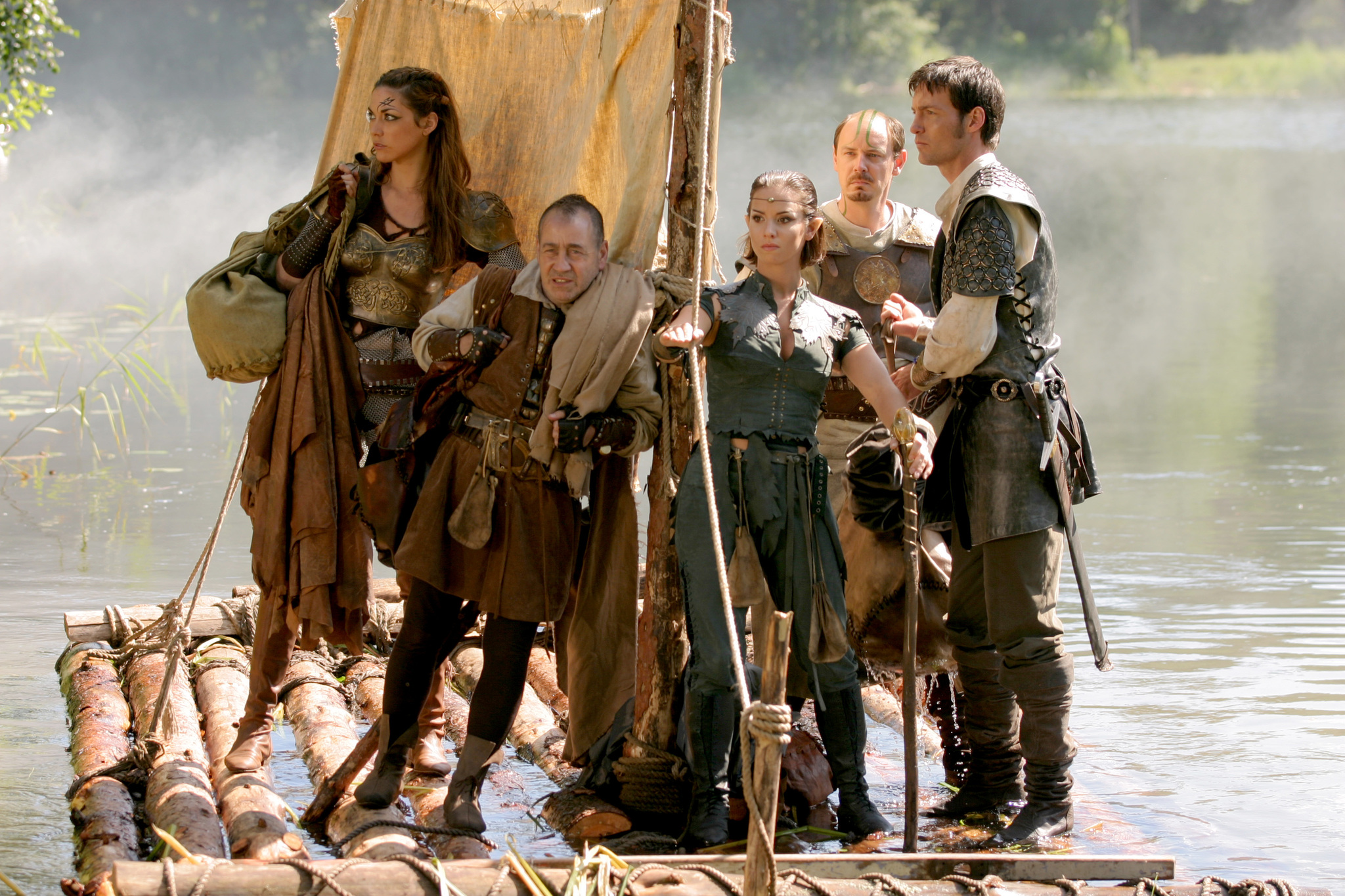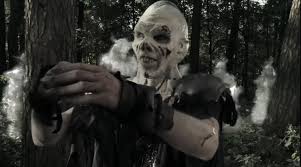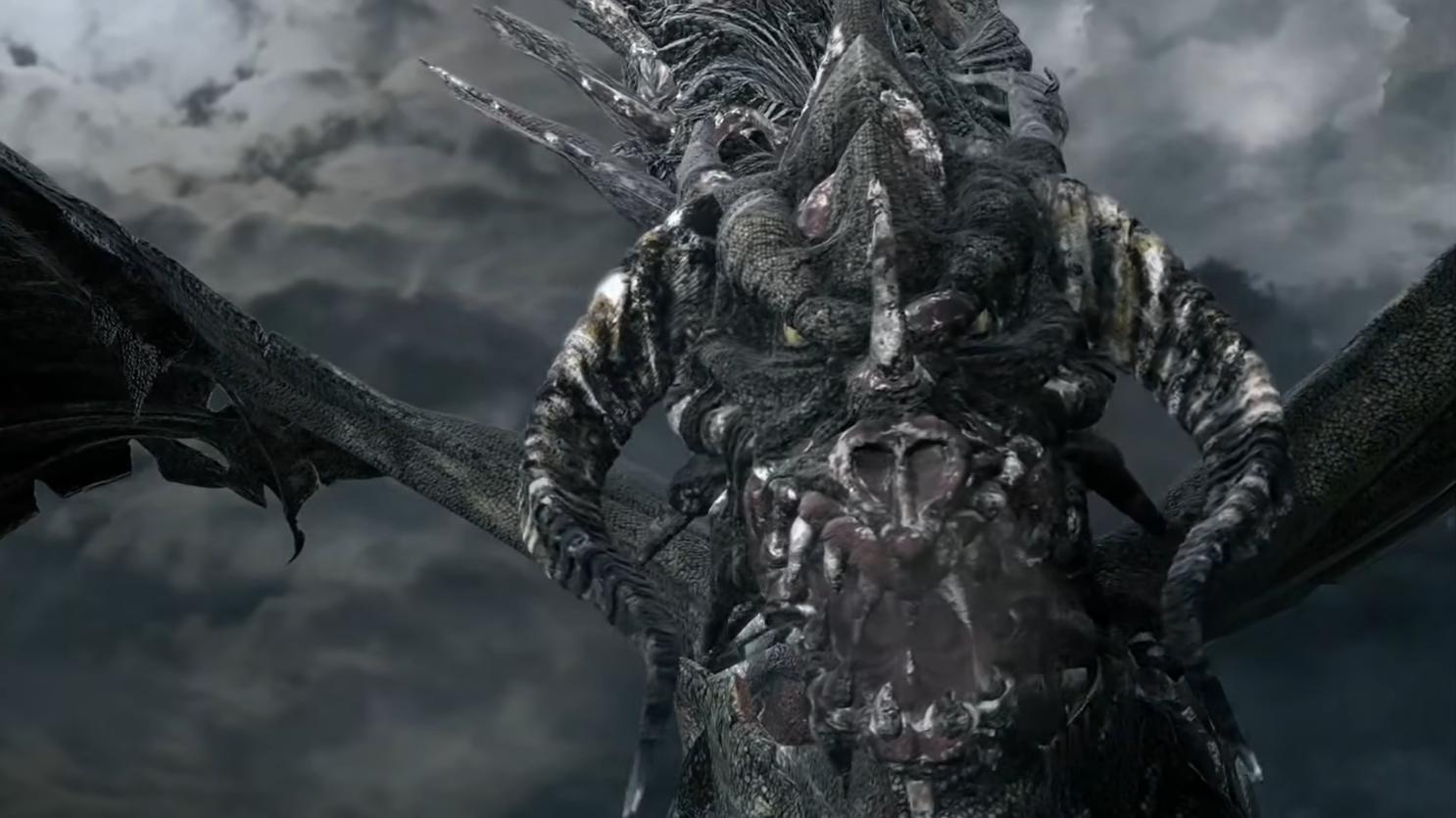🎬 Dungeons & Dragons: Wrath of the Dragon God (2005)

Review of “Dungeons & Dragons: Wrath of the Dragon God” (2005)
“Dungeons & Dragons: Wrath of the Dragon God” is a fantasy adventure film released in 2005 as a sequel to the 2000 film “Dungeons & Dragons.” Directed by Gerry Lively, this sequel attempts to expand the scope of its predecessor while staying true to the iconic tabletop role-playing game that inspired it. While the film’s budgetary limitations and made-for-TV production values may hinder its overall appeal, it offers a faithful representation of the “Dungeons & Dragons” universe and a serviceable narrative that captures the essence of the beloved RPG.
Plot Summary
The story begins 100 years after the events of the first film, focusing on Damodar (Bruce Payne), the villainous henchman from the original movie, who is resurrected to enact a plan of vengeance and destruction. Having been cursed to suffer an eternal undead existence, Damodar seeks a powerful artifact known as the Orb of Faluzure, which has the potential to awaken the Dragon God, Faluzure, and bring doom to the world.
Opposing him is a group of adventurers brought together by circumstance. These heroes include Berek (Mark Dymond), a retired warrior and former commander of the King’s Guard; Melora (Clemency Burton-Hill), Berek’s wife and a skilled mage cursed by Damodar’s dark magic; Dorian (Steven Elder), a wise cleric; Lux (Ellie Chidzey), a fierce barbarian; and Ormaline (Lucy Gaskell), a resourceful elven wizard. Together, they embark on a perilous journey to stop Damodar’s plans and prevent the resurrection of Faluzure.
The narrative follows classic “Dungeons & Dragons” tropes, including quests for powerful magical artifacts, encounters with fantastical creatures, and a climactic battle against overwhelming odds. Along the way, the adventurers face traps, rival factions, and their own internal conflicts, creating a sense of camaraderie and personal growth reminiscent of a tabletop campaign.
Themes and Atmosphere
“Wrath of the Dragon God” draws heavily from the mythology and themes of the “Dungeons & Dragons” universe. It emphasizes teamwork, resourcefulness, and the struggle between good and evil. Each character’s strengths and weaknesses are integral to overcoming the obstacles they face, mirroring the dynamics of a real RPG party.
The film also delves into themes of redemption and sacrifice. Berek’s journey from retired warrior to reluctant hero serves as a central narrative thread, while Damodar’s quest for power is driven by a desire to escape his cursed existence. These thematic underpinnings give the story emotional weight, even if the execution occasionally falters.
Visually, the film captures the dark and mystical atmosphere of the “Dungeons & Dragons” world. The settings range from eerie dungeons and ancient ruins to sprawling castles and enchanted forests, immersing the audience in a fantastical realm. While the CGI and practical effects are limited by the film’s budget, the overall aesthetic remains faithful to the source material.
Characters and Performances
The ensemble cast delivers mixed performances, with some actors embracing their roles more effectively than others. Mark Dymond as Berek is a solid protagonist, portraying the reluctant hero archetype with a sense of determination and vulnerability. Clemency Burton-Hill’s portrayal of Melora is compelling, particularly in scenes where she grapples with the magical curse threatening her life. Her chemistry with Dymond adds depth to their relationship.
Bruce Payne reprises his role as Damodar, bringing a menacing yet somewhat theatrical presence to the character. His performance is over-the-top at times, but it aligns with the heightened tone of the film. Ellie Chidzey’s Lux provides a standout performance as the fearless barbarian, injecting the film with energy and charisma. The other supporting cast members, including Steven Elder as Dorian and Lucy Gaskell as Ormaline, deliver competent performances that contribute to the party dynamic.
Despite the cast’s efforts, some characters feel underdeveloped, and the dialogue often leans toward exposition rather than natural conversation. This lack of nuance may detract from the film’s emotional impact, but the characters’ archetypal roles ensure that they remain accessible to audiences familiar with the “Dungeons & Dragons” universe.
Action and Visual Effects
“Wrath of the Dragon God” features a variety of action sequences that attempt to capture the excitement of a tabletop campaign. From combat against undead minions to elaborate puzzles and magical duels, the film delivers a mix of physical and strategic challenges for the heroes to overcome. While the choreography and staging are serviceable, they are hampered by the film’s modest production values.
The visual effects, though dated by modern standards, are ambitious given the film’s constraints. The depiction of Faluzure, the Dragon God, is a highlight, showcasing a formidable creature that embodies the threat of apocalyptic destruction. However, the CGI often falls short in creating seamless interactions between the characters and their environment, occasionally pulling the viewer out of the immersive experience.
Faithfulness to the Source Material
One of the film’s greatest strengths is its faithfulness to the “Dungeons & Dragons” lore. From the inclusion of iconic spells and creatures to the emphasis on teamwork and character abilities, “Wrath of the Dragon God” feels like a genuine attempt to bring the tabletop experience to life. Fans of the game will appreciate the nods to its mechanics and world-building, such as the use of cleric healing magic, barbarian rage, and the importance of magical artifacts.
The film’s adherence to classic RPG elements may appeal to dedicated fans but could feel overly niche or formulaic to casual viewers. However, for those who enjoy the fantastical settings and high-stakes adventures of “Dungeons & Dragons,” the film offers a satisfying, if imperfect, cinematic experience.
Reception and Legacy
“Wrath of the Dragon God” received a mixed reception upon its release. While some praised its faithfulness to the “Dungeons & Dragons” universe and its improvement over the 2000 film, others criticized its low-budget production values, uneven pacing, and lack of originality. Despite these criticisms, the film has gained a modest cult following among fans of fantasy and tabletop RPGs.
As a made-for-TV production, the film’s ambitions were necessarily limited, but it succeeds in capturing the spirit of “Dungeons & Dragons” in a way that the first film struggled to achieve. Its focus on teamwork, character-driven storytelling, and fantastical elements ensures that it remains a worthwhile entry for fans of the genre.
Strengths and Weaknesses
“Dungeons & Dragons: Wrath of the Dragon God” excels in its dedication to faithfully representing the source material. Its exploration of classic fantasy tropes and RPG mechanics creates an engaging experience for fans of the game. The camaraderie among the adventurers and the film’s commitment to its world-building are notable strengths.
However, the film’s weaknesses are equally apparent. The low-budget production limits its visual and narrative scope, while the dialogue and character development occasionally lack depth. The reliance on predictable story beats and clichéd character arcs may also diminish its appeal to viewers seeking a more innovative take on the fantasy genre.
Conclusion
“Dungeons & Dragons: Wrath of the Dragon God” is a flawed yet earnest attempt to bring the magic of the iconic RPG to the screen. While it may not rival the production values or storytelling sophistication of major fantasy franchises, it offers a faithful adaptation that will resonate with fans of “Dungeons & Dragons.” Its combination of classic fantasy elements, character-driven narrative, and action-packed sequences makes it an enjoyable, if modest, cinematic adventure.
For those who appreciate the charm of tabletop role-playing games or have a soft spot for fantasy films, “Wrath of the Dragon God” provides a nostalgic and entertaining experience. Though it may not break new ground, it captures the spirit of adventure and camaraderie that lies at the heart of “Dungeons & Dragons,” ensuring its place as a memorable, if imperfect, addition to the genre.